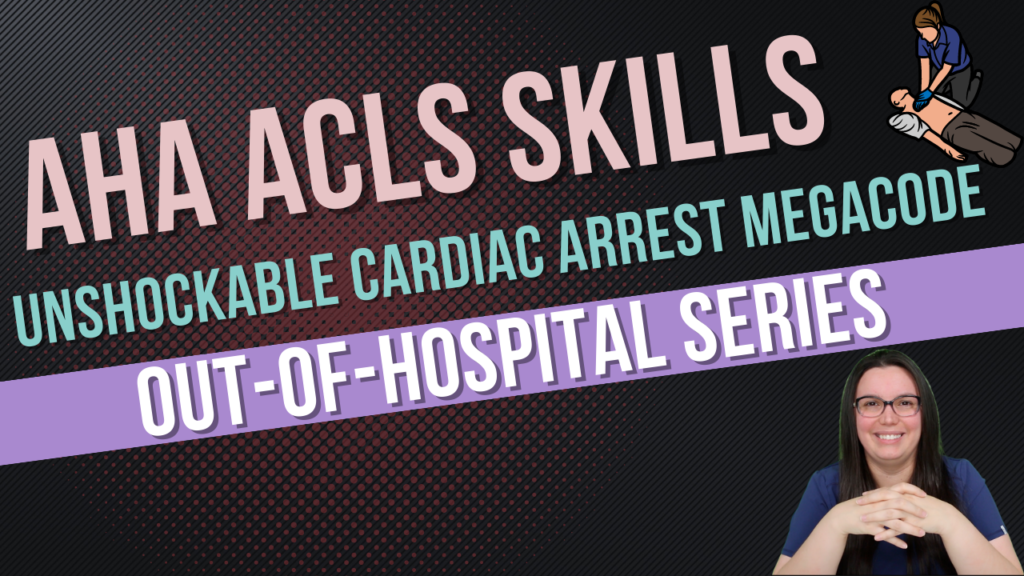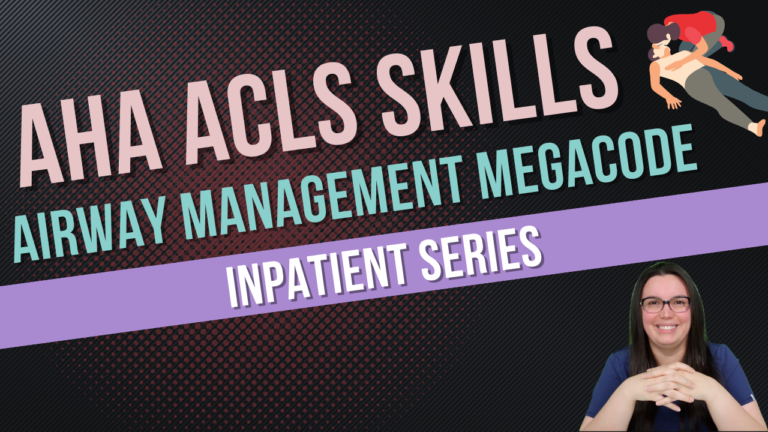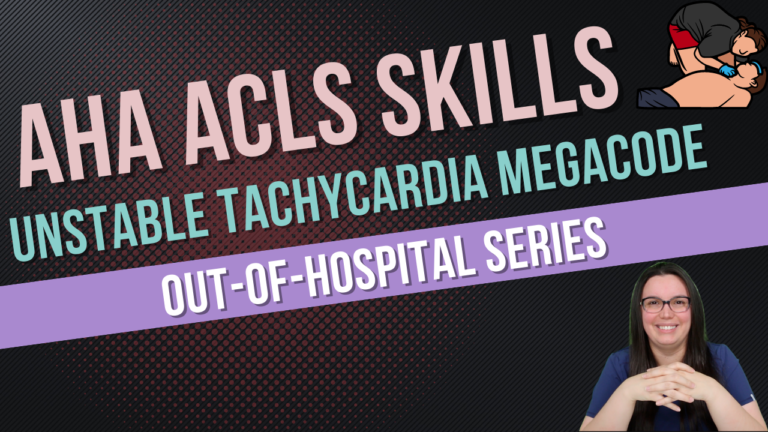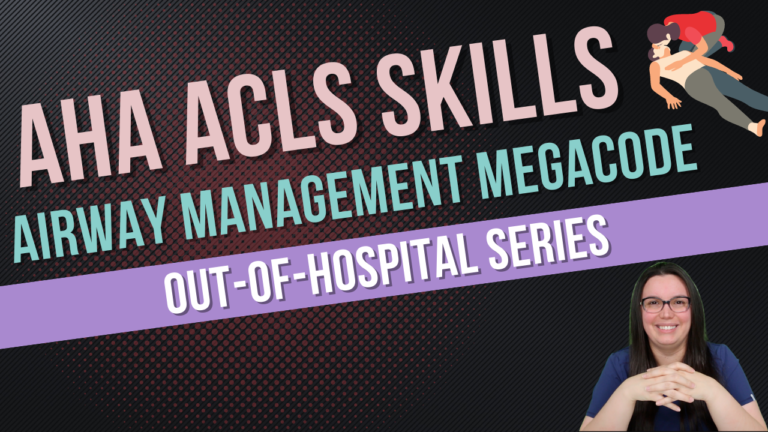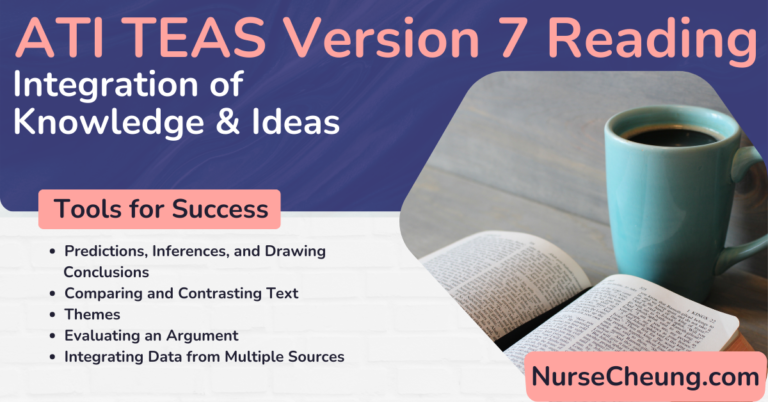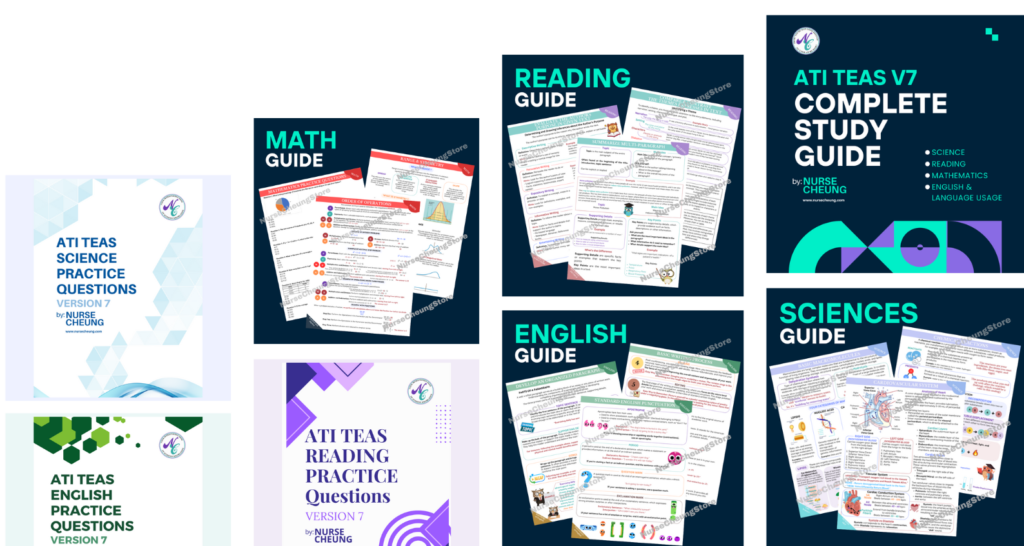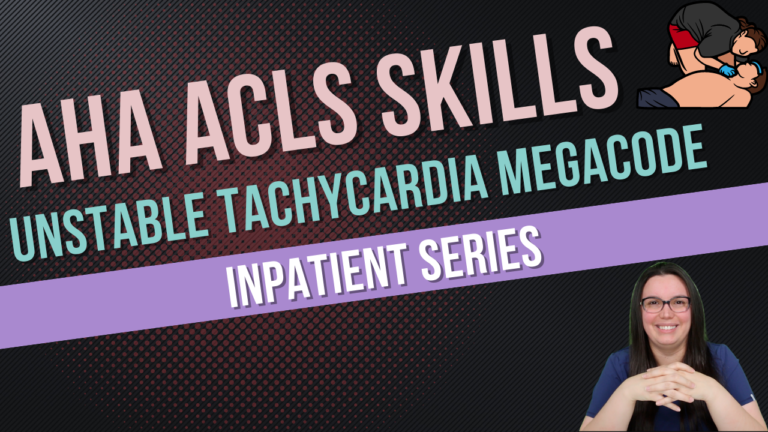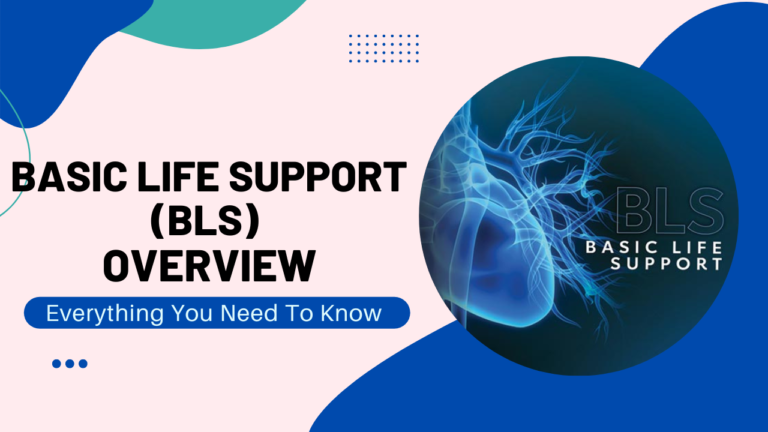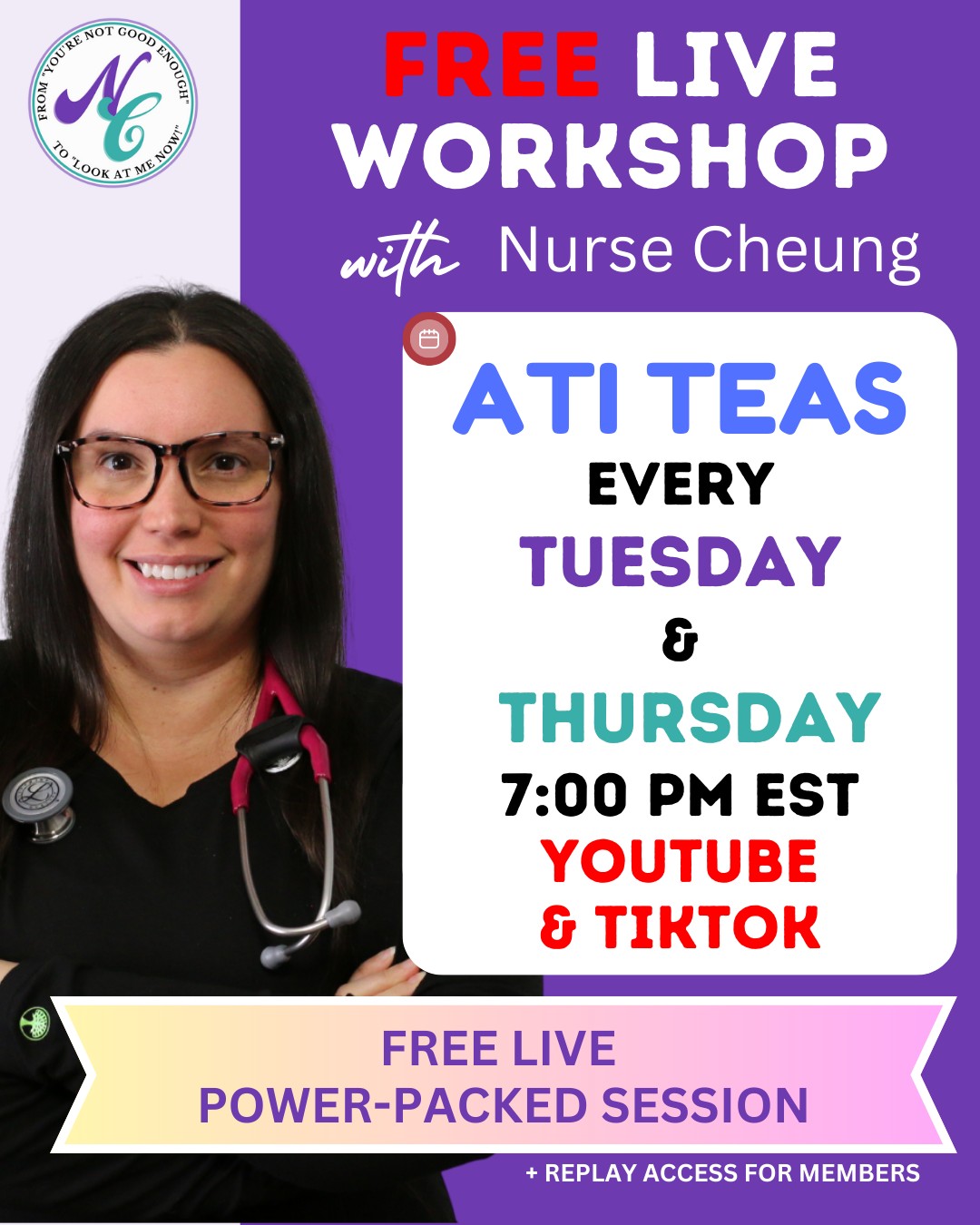ACLS or Advanced Cardiac Life Support is a set of clinical guidelines that are used to treat cardiac arrest and other life-threatening medical emergencies.
One of the most complex ACLS algorithms providers will encounter is cardiac arrest. We will cover both shockable and unshockable rhythms.
In this blog post, we will discuss the most effective strategies for managing cardiac arrest using the ACLS megacode.
Adult Out-Of-Hospital Cardiac Arrest Megacode Scenario
The following is a scenario in which you would use the out-of-hospital adult cardiac arrest megacode:
You are working as a paramedic responding to an altered mental status call. Upon arrival, you hear a person screaming loudly attempting to wake up a middle-aged man.
Demonstrate what you would do next upon arrival
Initial Impression
The person is a 60-year-old male lying down on the floor in the living room of their home. He is agonal breathing and not responsive.
Primary Assessment Survey (A, B, C, D, E)
Airway: The airway is patent but agonal breathing 3 breaths per minute is noted upon assessment. The flow through the trachea is not impaired.
Breathing: Oxygenation is showing 60% on room air. You provide oxygen via a bag valve mask.
Circulation: Blood pressure is 60/40, heart rate is not being captured on the monitor, the rhythm check is not being captured on the monitor, and the pulse is present but very weak.
Disability: The man is responsive to painful stimuli only.
Exposure: No obvious signs of trauma, bleeding, burns, markings, or medical alert bracelet. The man’s wife states he had been burping more than normal and was complaining of indigestion.
What are your next actions?
- Check responsiveness: Tap the shoulders and shout, “Are you okay?” The man does not respond.
- Activate the emergency response system. You direct the second rescuer to activate the emergency response system and get an AED.
- Check for breathing: Look for visible chest rising and falling. Breathing is no longer spontaneous.
- Check for a pulse: Place your fingers on the inside of the patient’s neck, just below the angle of the jaw. You will palpate the carotid pulse for no more than 10 seconds. Pulse is no longer present.
What are your next actions?
Pulse and breathing are no longer present so we will begin CPR starting with compressions.
Cardiac Arrest Algorithm
Adult Compressions
Perform High-Quality Compressions
- Hands should be placed on the lower half of the sternum
- 30 compressions at a rate of 100 to 120 compressions per minute
- Compresses at least 2 inches (5 cm)
- Complete chest recoil after each compression
Adult Rescue Breaths
Give 2 breaths with a barrier device
- Each breath should be given over 1 second
- Visible chest rise and fall with each breath
- resume compressions in less than 10 seconds
You will need to perform one to two rounds of high-quality CPR.
Automated External Defibrillator (AED)
- Turn on the AED and follow the prompts
- Correctly attached pads and plug-in connector. Remove any barriers including medication patches, water, or clothing.
- Clear for AED analysis. Stop chest compressions. Call out “stand clear.”
- Push the analyze button and allow time for analysis.
- Deliver shock if recommended by AED.
The AED does not advise a shock. This means the man is either in asystole or pulseless electrical activity.
What are your next steps?
Resume CPR immediately!
Interventions
What interventions could you perform next?
- IV/IO Access
- Epinephrine 1 mg every 3 to 5 minutes.
- Placement of advanced airway
H's and T's
It is important to consider your H’s and T’s for these rhythms and treat accordingly.
H’s and T’s are mnemonics for the major causes of arrest:
- Hypovolemia
- Hypoxia
- Hydrogen ions (acidosis)
- Hyperkalemia or hypokalemia
- Hypothermia
- Tamponade (cardiac, tension)
- Toxins
- Tension pneumothorax
- Thrombosis (coronary, pulmonary) – may most likely be the cause
Outcomes
Two attempts at delivering a shock were not advised. The man received 3 doses of epinephrine. Upon the third attempt, a deliverable shock was advised.
The team continued high-quality chest compressions and ROSC was achieved.
You will begin the transfer to the nearest hospital. Your scenario has concluded.


